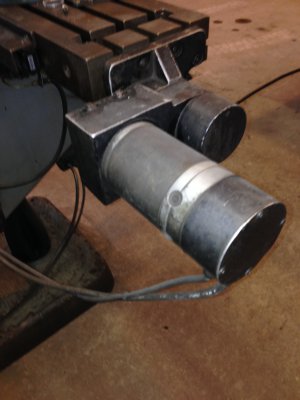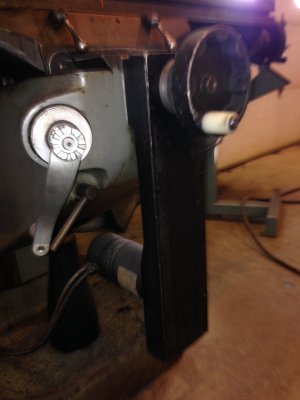I recently bought a Bridgeport at an auction. It came with a Prototrak system minus the monitor/control panel.
The ballscrews/drive motors ( X & Y) and main control box are there. I do not know if these motors are functional or not.
I am wondering if I can adapt another control system to use the Prototrak motors?
I know exactly nothing about CNC or Prototrak so please type slowly so I will be able to understand !
Any help you folks can provide would be greatly appreciated.
Jeff
The ballscrews/drive motors ( X & Y) and main control box are there. I do not know if these motors are functional or not.
I am wondering if I can adapt another control system to use the Prototrak motors?
I know exactly nothing about CNC or Prototrak so please type slowly so I will be able to understand !
Any help you folks can provide would be greatly appreciated.
Jeff
Last edited:


